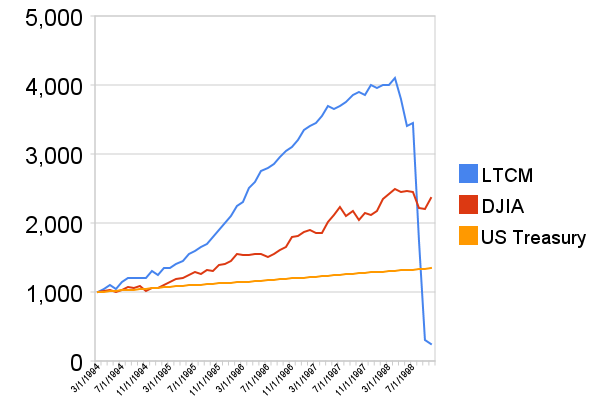
Curtains of air-bubbles are turning out to be a new method of fighting oil-spills.
The bubbles gather up the oil efficiently, even in winds and strong currents, and keep it together in a “pool.”
The newly developed bubble curtain is 12 metres long and 1.5 m wide, and it take the form of a large grating covered in perforated rubber air-hoses that release bubbles generated by a compressor.
Curtains of air-bubbles are turning out to be a new method of fighting oil-spills. The bubbles gather up the oil efficiently, even in winds and strong currents, and keep it together in a “pool.”
This was shown by recent trials carried out in winds of up to severe gale force in Skarnsundet in the Trondheim Fjord. The sound is notorious for its strong tidal currents, which range from zero to ten metres a second.
The newly developed bubble curtain is 12 metres long and 1.5 m wide, and it take the form of a large grating covered in perforated rubber air-hoses that release bubbles generated by a compressor. The grating is submerged to a depth of a couple of metres, where it releases a dense “wall” of bubbles.
As they rise to the surface, they drag the surrounding water with them. When this water reaches the surface it creates a horizontal surface current that keeps the oil in place and prevents it from spreading further. This makes it easier to control and collect the oil-spill. The technology has been developed by SINTEF scientists with financial support from the Research Council of Norway and the oil industry.
Calms the waves and gathers the oil
“We already knew that the bubble curtain works in still water, and that it actually has a calming effect on waves. What we wanted to test in this field trial was the maximum current strength that our equipment could deal with,” says senior scientist Grim Eidnes of SINTEF’s Department of Marine Environmental Technology.
In the trial, out of consideration for the environment, bark was used as a substitute for oil. The results were promising; while traditional oil-booms manage to prevent oil-spills from spreading in currents of up to 40 — 50 cm per second (one knot), the bubble curtain could control the spill at current speeds of around 70 cm per second, equivalent to a knot and a half. According to Eidnes, this opens up new prospects for dealing with oil-spills in areas of strong currents.










